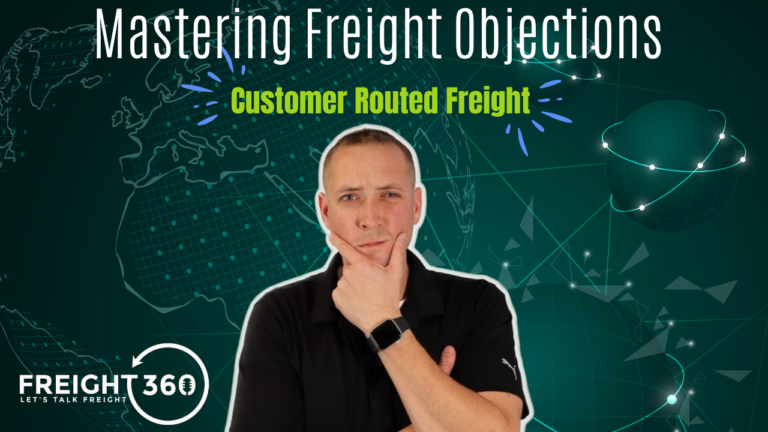In this blog we’ll teach you how to build out a business plan for a freight brokerage and why it’s completely different than in other industries.
In every business there’s a need to know where you’re headed and what the path to that destination looks like. We want to know the costs and expenses, the money we’ll make when we reach that goal. And most importantly, it’s the road map that tells us whether or not we’ve been headed in the right direction. You wouldn’t set out on a family road trip without having at least some idea of the direction and roads you’d need to take to get there would you? How would you know if you’re even heading in the right direction? Or know that you’ve not gotten lost at the shady left turn you made a few miles ago? You wouldn’t.
That’s exactly why we need a business plan if you want to get where you’re going. In most businesses this process is fairly straightforward. You will write out all of the expenses related to your business. And then you make your best guess at what your sales will be. Deduct the expenses from the sales and you have earnings before interest, taxes and depreciation. Then you factor in your tax % and calculate any depreciation from your assets and you’ll have your net operating income. The amount of money your business generates in profit.
Next step, take the % you expect your sales to grow each year and the % increases in your expenses and plot them out in a spreadsheet. So year 1 times 1+the % of growth, for example 1.10 would be 10% growth. And drag it out for 5 years. Do the same for variable expenses like employee head count, tech, seat licenses and salaries. Keep your fixed expenses the same. And you’ll have your pro forma or business plan for the next handful of years.
What’s different about freight brokerage is that we never really know when or from where our opportunities will come from. And most of our customers don’t know that either. They have their best guesses at how many truckloads they’ll need in the future. But, just like in every other business, until their sales reps close deals and invoices go out, it’s still just a guess. That’s why we recommend the A, B, C, Z approach to planning.
What is that you say? It’s simple. Rather than trying to predict every step between 1, 2, 3, and 10. You map out the steps just a few quarters into the future. And for the next 12 months. The further you go out in time, the less likely your predictions will be accurate or even valuable. So instead of spending hours guessing at what the future holds for your business, spend more time in the present where the variables are known and the things that you can control are going to have an impact.
Your daily and weekly objectives are the most important. These are the activities that will have an impact on your long term plans. Without prospecting, training, delegation and expense management all of the planning in the world won’t amount to much. So when you’re sitting down this month to map out 23’. Keep in mind that the further you go into the future the less valuable the information is. And if you really want to hit those aggressive growth %’s you’ll need to focus much more of your energy on what happened today, this week and what you intend to improve for next week.





